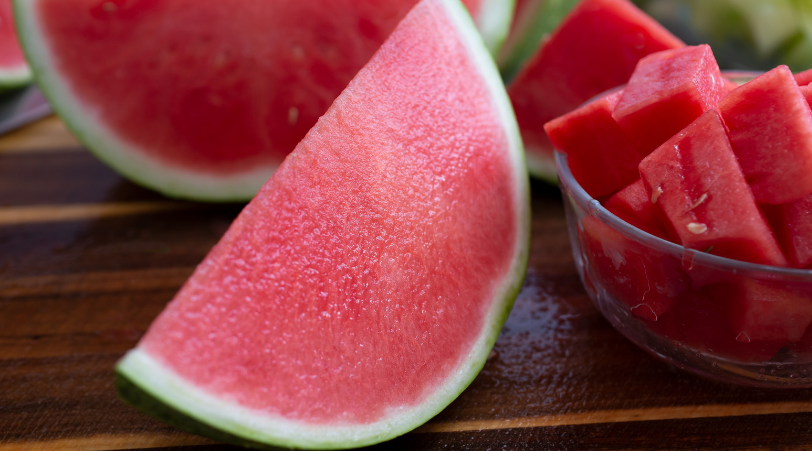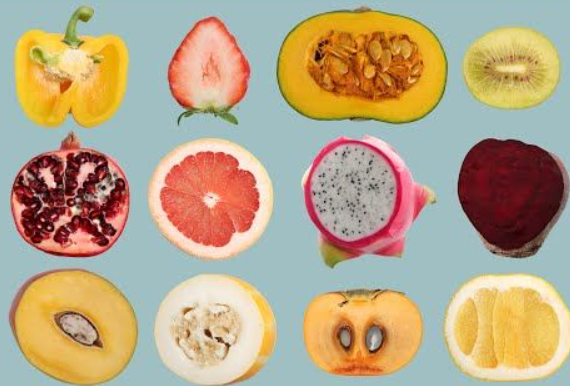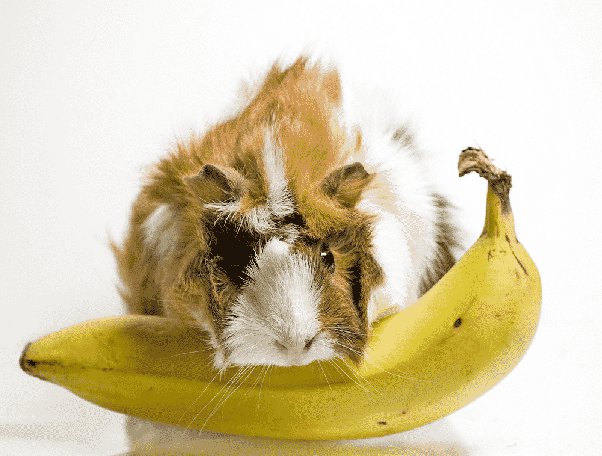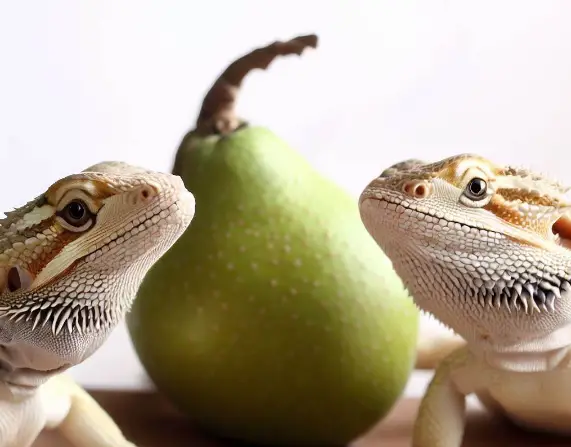Fruit pulp is a tasty and essential part of many foods and drinks we enjoy, like smoothies, ice cream, and jam. But, have you ever wondered what fruit pulp really is and how it’s made? In this detailed post, we’ll explore everything about fruit pulp and the steps involved in making it.
If you want to know more about fruit pulp, whether you’re someone who makes food, loves fruit, or is just curious, you’ll find a lot of interesting facts here. We’ll talk about different ways to make fruit pulp and give you a full picture of this important food ingredient.
Table of Contents
- Explaining Fruit Pulp
- Various Kinds of Fruit Pulp
- How Fruit Pulp Is Made
- 1. Sorting and Washing the Fruits
- 2. Crushing and Smoothing the Fruits
- 3. Taking Out the Pulp
- 4. Getting the Pulp Smooth and Clean
- 5. Keeping the Pulp Fresh
- Why Is Pulp Processing Important?
- The Importance of Quality Control in Fruit Pulp Manufacturing
- The Future of the Fruit Pulp Industry
- FAQs
- How can I make fruit pulp at home?
- What exactly is fruit pulp?
- What methods are there for making pulp?
- How are fruit pulp and puree different from each other?
- What kinds of pulp are there?
Explaining Fruit Pulp
Fruit pulp is the part of a fruit that you can eat. It’s made by taking off the skin, getting rid of any seeds or parts you can’t eat, and keeping the juicy flesh. This part of the fruit is full of taste, smell, and color, which is why it’s used in so many foods like smoothies, ice creams, jams, and juices.
You can get fruit pulp from all sorts of fruits, like mangoes, papayas, guavas, passion fruits, and oranges. It can be enjoyed on its own or mixed into recipes for an extra dose of healthiness.
Fruit pulp is popular in the food industry because it can be kept for a long time without its flavor, color, or texture changing much. Manufacturers love to use it in products like jams and juices because it gives a fresh, real fruit taste and stays good for a while.
Having fruit pulp around is helpful for food makers since it helps them create tasty, long-lasting food without losing any of the natural quality over time.
Various Kinds of Fruit Pulp
Fruit pulp is really useful and can be found in lots of food and drinks. Let’s look at some of the main types of fruit pulp:
- Mango Pulp: This comes from ripe mangoes and is sweet and smooth. It’s perfect for making drinks like smoothies and juices.
- Papaya Pulp: It has a sweet and slightly tangy taste, and it’s great for making jams, smoothies, and even ice creams.
- Guava Pulp: With a unique flavor, guava pulp is often used for making juices and smoothies.
- Passion Fruit Pulp: This pulp is a mix of tart and sweet and is used to make yummy desserts and drinks.
- Orange Pulp: Made from orange flesh, it can be found in juices, smoothies, or other citrusy beverages.
Each type of fruit pulp adds its own special taste and texture to the dishes it is used in, making food more exciting and different. This is why pulp is so important in the food and drink world.
How Fruit Pulp Is Made
Wondering how fruit pulp is made? Here are the key steps in the process:
1. Sorting and Washing the Fruits
First, the fruits are picked and sorted to make sure they are ripe and good quality. Any fruits that aren’t good are thrown away. The ones that pass the check are then washed to clean off any dust or dirt.
It’s really important to make sure the fruits are clean and dry before making pulp. This makes sure that the final product is safe to eat and tastes good. After a good wash, the fruits are dried to take off any extra water.
2. Crushing and Smoothing the Fruits
Next, the fruits go through a machine that breaks them into smaller parts. The method can include cutting, squishing, or crushing the fruits to make them easier to turn into a smooth paste.
After being crushed, the fruits get even more smoothed out by grinding. During this time, heat and pressure are used to separate the juicy bits from the fruit fibers. You’ll get a mix that has both juice and pulp from the fruit.
The mix is then cleaned to take out any unwanted bits. This leaves you with a high-quality fruit pulp that’s ready to be kept and put into packages.
3. Taking Out the Pulp
In this part, the pulp is separated from the rest of the fruit. There are a few ways to do this, like using a machine to press it, spinning it really fast, or passing it through a filter.
The method chosen depends on what fruit you’re using and what you want the final pulp to be like. The juice and other wet parts are taken out from the pulp and the bits that aren’t edible.
You’ll be left with a thick mix that still has all the natural taste, scent, and color of the fruit. This is then made even cleaner so that it’s super high-quality and ready for the next steps.
4. Getting the Pulp Smooth and Clean
The pulp then goes through a cleaning process where it’s filtered to take out things like seeds, fibers, and anything else that shouldn’t be there. This step makes sure the pulp is top-notch and safe to eat.
There are different ways to filter the pulp, and the one used will depend on the type of fruit and how pure you want the pulp to be. After all this, the pulp is almost ready. It just needs to be kept and put into containers to stay fresh and tasty for a lot of time.
5. Keeping the Pulp Fresh
Keeping fruit pulp fresh is a big part of the process of making food products. It helps make sure the pulp stays safe to eat and keeps its taste. There are different ways to protect fruit from going bad, like keeping it in the fridge, freezing it, or using heat to process it. Which method to use depends on the sort of fruit you’re working with and how long you want your product to last.
Putting fruit pulp in the fridge is common because cooler temperatures slow down the spoiling process and stop harmful bacteria from growing. Freezing is another option people like because it keeps the pulp cold and lets it stay good for a longer time. When you use thermal processing, you apply heat to kill any bugs in the pulp, which helps it last longer, especially if you want to send it to different countries.
Using these methods helps make sure that the quality of the fruit pulp stays high. That way, people can enjoy food that’s both healthy and delicious for a longer time.
Making fruit pulp includes some basic steps. The details of the process might change a bit depending on the fruit type and what you want the final product to be like. The goal is always to create top-quality fruit pulp that fits the food and drink industry’s standards.
Why Is Pulp Processing Important?
Pulp processing matters for many reasons:
- Food Safety: Processing gets rid of any harmful things in the fruit and unwanted bits like seeds and fibers. This makes the food safer and better quality.
- Shelf Life: When you preserve fruit pulp the right way, it stays good to eat for a much longer time.
- Value-Added Product: Turning fruit pulp into a product that can sit on a shelf makes it easier for people to eat healthy. They can use these products in their everyday meals.
- Waste Reduction: Processing uses the whole fruit, so there’s less waste. This makes the whole process better for the environment.
- Income Generation: By making something more valuable out of raw materials, this process opens up new markets. It also brings more money to farmers and others who are part of making and selling the product.
In short, processing fruit pulp is a key part of making food that keeps it safe, high quality, and better for the planet, while also helping the people who grow and make the food earn more.
The Importance of Quality Control in Fruit Pulp Manufacturing
Having good quality control in making fruit pulp is very important, and here’s why:
- Food Safety: Quality control keeps an eye on every step of making the pulp to spot any risks of spoilage or contamination. This helps make sure that what you eat is safe.
- Consistency: Quality control means that the taste, texture, and all the other things you like about the product will be the same every time you buy it.
- Regulations Compliance: This process helps make sure that the right rules and standards are followed. This protects the health of people who buy the product and the good name of the company that makes it.
- Cost Savings: If you find and fix problems early, you can save money and avoid wasting anything by only selling good-quality stuff.
Quality control is a big deal because it ensures that everyone gets a safe and good product every time. It keeps costs down for the people who make it and makes customers happy.
To make sure the food is safe, you need to test and check things often. It’s important to deal with any safety concerns quickly and follow the rules to keep buyers believing in the product and the brand.
By putting good quality standards in place while making fruit pulp, companies can save money in the long run and always make products that are good quality.
The Future of the Fruit Pulp Industry
The industry that makes fruit pulp is expected to grow a lot in the coming years because more people want natural and healthy food:
- Increased Demand for Natural and Healthy Products – Consumers are thinking more about their health and want fresh fruits and products like fruit pulps. They come with many health benefits.
- Focus on Sustainability – The industry is trying to be more green by cutting down on waste, using less energy, and packaging things in a way that’s better for the environment.
- Technological Advancements – There’s likely to be more use of things like automation, analyzing data, and smart technology. This will make production better, waste less, and make everything work smoother and more competitive.
- Expansion into Emerging Markets – As the world gets more connected, there are chances to grow in new places like Asia and Africa. People there are starting to like healthy and easy food choices more and more.
In sum, the future looks bright for the fruit pulp industry with more people wanting to eat organic, with new tech helping out, and with more chances to sell to new parts of the world. This will help the industry play a big positive role in the world of food and drinks while offering people everywhere better choices for what they eat.
FAQs
How can I make fruit pulp at home?
Making fruit pulp at home is easy if you follow these simple steps:
First, rinse the fruit thoroughly and cut it into smaller pieces.
Next, use a blender or a food processor to puree the fruit pieces. Keep blending until it’s all mashed up.
Then, take a strainer or a sieve to filter out any unwanted seeds and skin from your fruit mixture. This will leave you with just the smooth pulp.
Finally, place the resulting pulp into a container that can seal tightly. Keep this container in your fridge to maintain freshness.
What exactly is fruit pulp?
What methods are there for making pulp?
How are fruit pulp and puree different from each other?
You’ll see puree a lot in recipes for baby food, sauces, and when you’re baking because its smoothness blends in easily.
Pulp, on the other hand, is great for giving more texture to things like juices, smoothies, and desserts. Even though you can also use puree for these, it won’t give you the same chunky feel or as strong a taste as pulp does.
What kinds of pulp are there?
Each fruit type has its own special taste and texture, and that’s what makes each kind of pulp taste different. Citrus and tropical fruit pulps are really popular for making too.
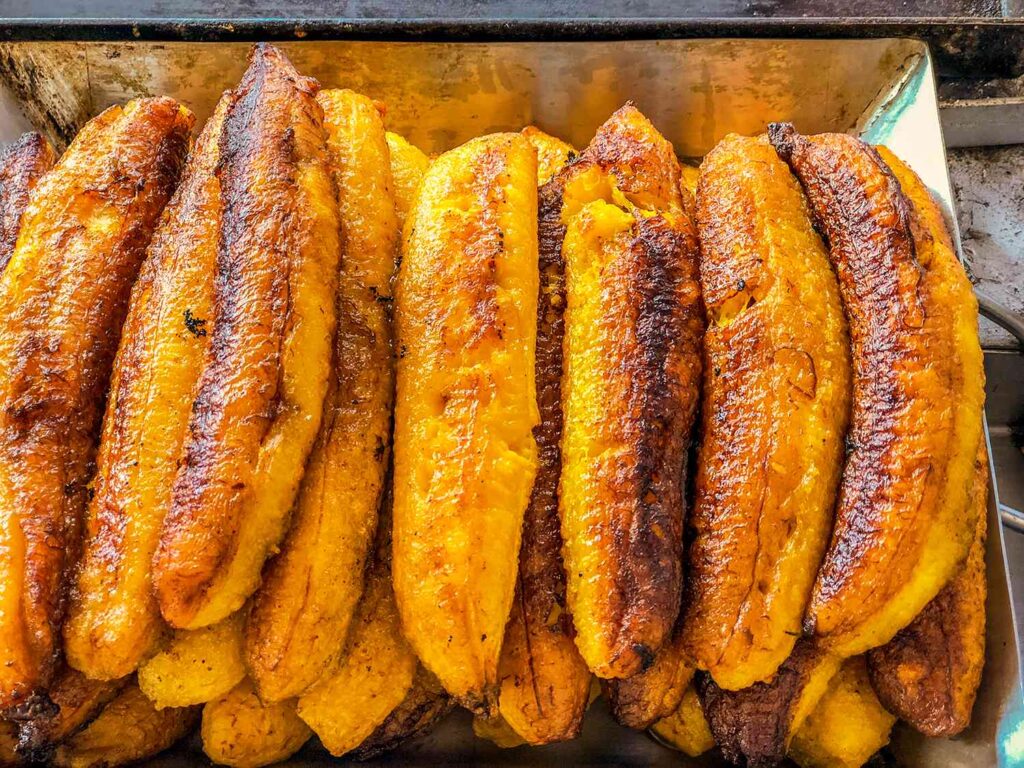
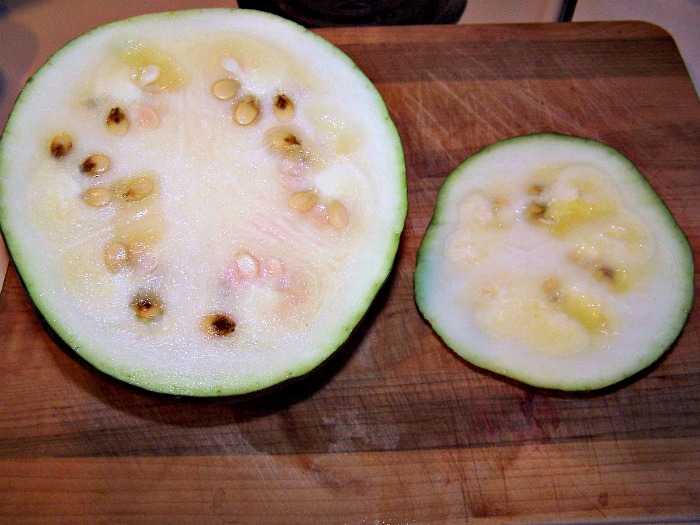
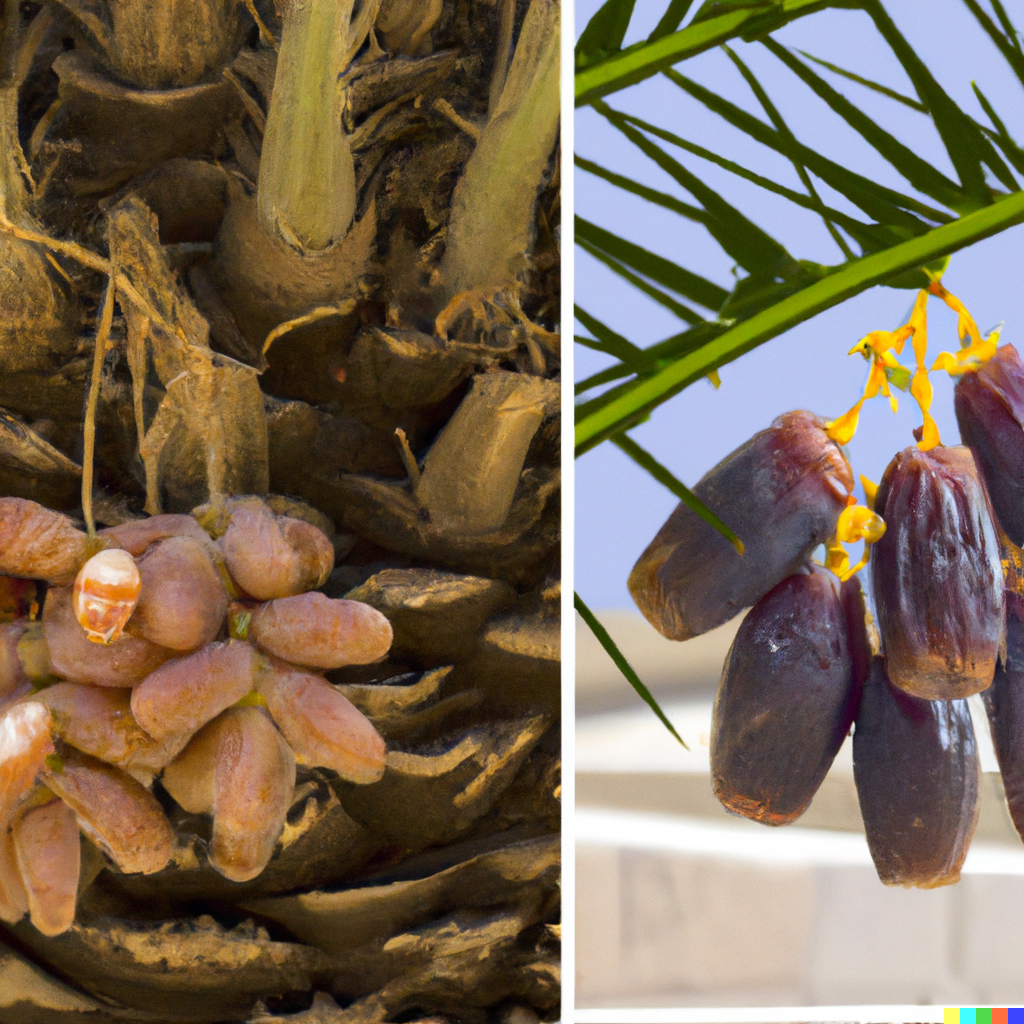
![FRUIT PICKING JOBS IN CANADA WITH FREE VISA SPONSORSHIP IN 2025 [APPLY NOW]](https://fruitonix.com/wp-content/uploads/2023/12/images-37.jpeg)
